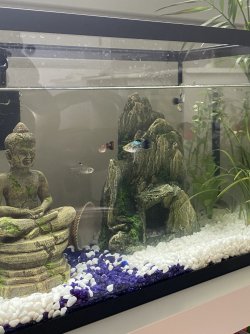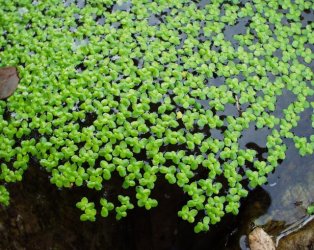Madisonkeug
Fish Fanatic
Okay all, after the recommendations I’ve gottenIt’s a 15 gal tank with some rocky decore and caves and a few live plants and a really good filter so far. The substrate is a smaller gravel for the kuhli loaches to burrow in and there’s also a Nertie snail in there to keep the tank clean
I’ve decided to rehome my tetras and the yo-yo as they’re not going to like the conditions of the tank and just don’t jive well with the set up I have planned.
I’ve got this sandy plant substrate in the large 25gal tank now and let the dust settle. The tank got a bit cloudy white (I think that means I’ve set up the bacteria properly? ) and the cloudiness has gone down. Should I do a cycle before I add my fish or should I add the fish and leave it for a week to let the bacteria settle in more?




